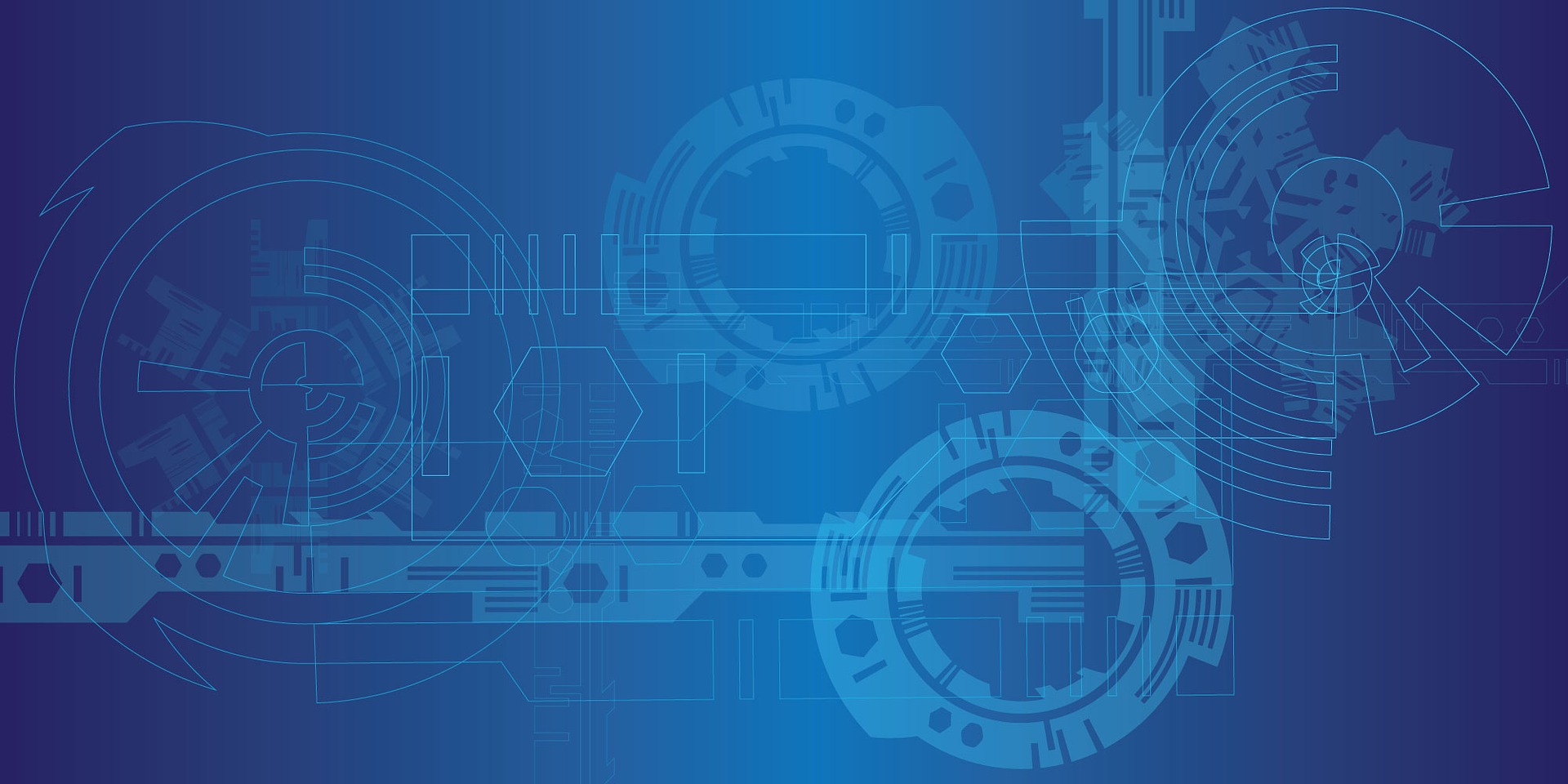Last month, Avaya introduced a unique, powerful, and new take on app overload with its OneSpace application. It simplifies the employee experience with a single portal that ideally contains all the information that an employee needs for the day.
Onespace does this by becoming a front-end to existing applications. It doesn’t necessarily replace applications but reduces app switching by centralizing the data via a web portal. It promises to increase both productivity and employee satisfaction by reducing stress and increasing access to information.
A Web Portal
Onespace leverages the power of the browser and APIs. In the early 2000s, it appeared the browser would replace all software clients. At that time, it was common to use software applications for banking and even online services such as America Online.
The World Wide Web and its browser companion enabled a universal client. Suddenly, customers could interact with just about every type of business, including banks, newspapers, travel sites, retailers, and more without needing to install a dedicated software client.
It appeared desktop software clients were doomed. “New” companies like Google, Amazon, and Facebook completely relied (and still do) on the browser. However, software applications didn’t die. Most of Microsoft's suite is accessible via a browser, but they still rely on software applications for the best experience. The biggest boost to software clients came from the smartphone ecosystem, where locally installed apps are the norm.
Browsers are more universal than traditional clients. They tend to be device and operating system agnostic. The browser simplifies desktop administration by reducing or eliminating separate installation and upgrade processes. Web architectures can also offer increased security with encrypted and centralized data.
Arguably, an even bigger change in computing has been the prevalence of APIs. It wasn’t long ago that each application created and maintained its own data. APIs commodified shared data and services. Today, most applications, from maps to CRMs, use and share data across open APIs. Uber, for example, doesn’t make its own maps but uses them in their app to create a richer software application.
OneSpace
Avaya IX Onespace offers a digital workspace environment that organizes, automates, and unifies work by streamlining how employees interact with enterprise applications. It works with Avaya’s communication services, but its architecture equally supports a variety of other workflow tools and applications, including Microsoft Teams, Slack, CRMs, and other workflow-related applications.
The Onespace home screen uses widgets, or micro apps, that provide two-way windows into existing back-end services. Avaya offers widgets for its own as well as third-party applications, and an SDK makes custom integrations easy.
A single overview of work is provided in the Top of Mind widget. It’s a dynamic micro-application centered on the top of the display with a peek into the user’s calendar. This widget reallocates its active space for other widgets that a user selects. For example, a double click on a message in the email inbox widget opens the selected message in this centered space.
Most new IT solutions promise benefits such as productivity gains, but there’s a catch. The benefits of all these new solutions are being compromised because there are too many of them. The losses occur in a variety of ways, including time lost to app switching, searching for data, overburdened computer resources, and disruptive distractions.
App switching, for example, slows productivity by inserting distraction and scattering data. Switching apps just takes a second, but each switch exposes a rabbit hole unread messages, pending orders, and other notifications. By providing a unified view to multiple apps, Onespace increases productivity and reduces digital clutter. A typical IX Onespace dashboard will provide access to email, calendar, contacts, messaging, and phone service.
Avaya positions Onespace as an employee productivity tool, a refreshing shift from the industry’s recent focus on team collaboration. The Onespace home screen can be personalized for each user, and its single view into work should reduce the stress and distractions associated with application switching. Centralization also makes information more discoverable and searchable.
Onespace as a Platform
Onespace is built on the Avaya Aura communications suite. This includes Avaya Equinox, Spaces, and its Client SDK. While the platform positioning is hardly unique, it feels more sincere from Avaya. Many platforms restrict integrations to approved partnerships. Integrations strengthen Avaya’s solutions. This is particularly true in the contact center but also generally true with calendaring, email, and other workflow applications.
Onespace offers a personal virtual assistant, and Avaya intends to build out stronger tools for automation. Onespace provides a vehicle to deliver these advanced capabilities to more employees. Additionally, Avaya intends to deliver more integrations and intelligent services such as transcription and global search.
OneSpace offers a simple cure to FOMO (fear of missing out). There was a time when most organizations relied on a single application, such as email or voicemail, for most communications. Today, we tend to rely on numerous applications for internal, external, and social channels. As a result, most workplaces have lost that go-to destination to keep current. Avaya IX Onespace recreates that with a single, cross-app dashboard.
Dave Michels is a Contributing Editor and Analyst at TalkingPointz.











